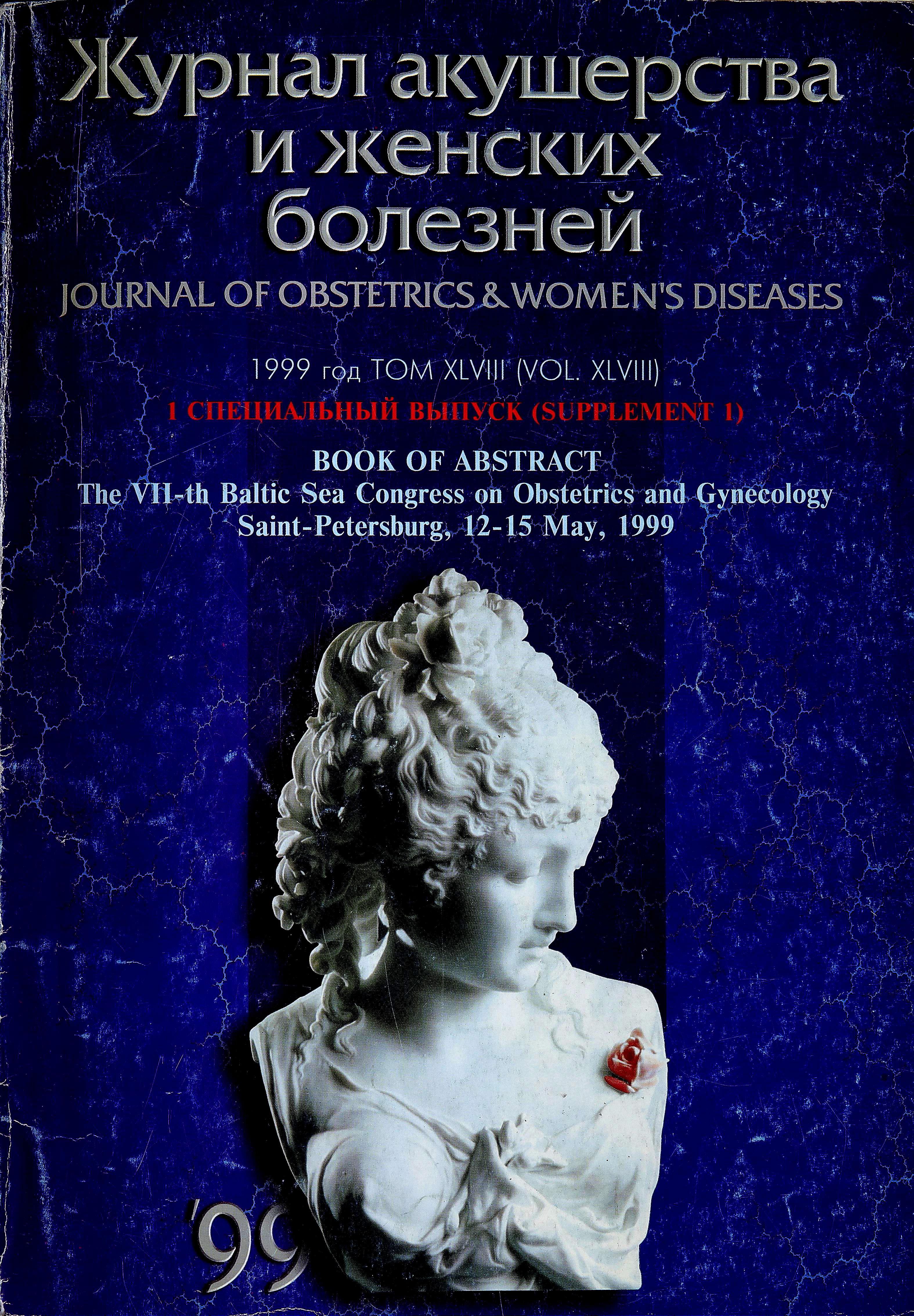Mode of delivery according to fetal and maternal status
- 作者: Nyman M., Gross-Witkow D.
- 期: 卷 48, 编号 5S (1999)
- 页面: 118-118
- 栏目: Articles
- ##submission.dateSubmitted##: 20.02.2022
- ##submission.dateAccepted##: 20.02.2022
- ##submission.datePublished##: 15.12.1999
- URL: https://journals.eco-vector.com/jowd/article/view/101262
- DOI: https://doi.org/10.17816/JOWD101262
- ID: 101262
如何引用文章
全文:
详细
At Danderyd Hospital, the deliveries amount to around 5 000 per year. The delivery department is divided into two sections. In the section for normal deliveries there are six labour rooms. The patients, who go to that part, are carefully selected: women with uncomplicated pregnancies between 38 and 42 weeks of gestation, and a normal start of labour. In the other section, comprising 8 delivery rooms, all other patients are tended to. The midwives alternate between both sections, usually for one year at a time.
全文:
At Danderyd Hospital, the deliveries amount to around 5 000 per year. The delivery department is divided into two sections. In the section for normal deliveries there are six labour rooms. The patients, who go to that part, are carefully selected: women with uncomplicated pregnancies between 38 and 42 weeks of gestation, and a normal start of labour. In the other section, comprising 8 delivery rooms, all other patients are tended to. The midwives alternate between both sections, usually for one year at a time.
The standard surveillance during normal delivery of low risk pregnancies follows the usual routines in Sweden: at admission blood pressure is tested and urine is examined for protein and glucose; temperature is taken if there is a rupture of membranes and CTG – “door test” - is performed. Vaginal examination is performed, and the woman is assessed to be in active labour if the cervix is effaced and open 3cm or more, and she has regular contractions. If all the tests are normal, the woman is followed by examination of the cervical state every 1-2 hours and the results are plotted in a partogram. The midwife examines the fetus by auscultating fetal heart rate every 15 minutes, making sure that there are accelerations and no decelerations. CTG is performed intermittently, and is recommended in the second stage of labour. Before epidural anesthesia is administered, CTG should be performed for at least 15 minutes, and continously afterwards. In high-risk pregnancies the fetus is monitored more continously, depending on the diagnosis.
Fetal surveillance by measuring pH is usually performed if there is uncertainty about the CTG. It can be done if the cervix, is dilated 2 cm or more and the membranes are ruptured. The measurement of lactate is a simpler method to use, and also cheaper.
Antenatal surveillance of high risk pregnancies usually includes ultrasound for fetal growth, umbilical blood flow in cases of fetal growth retardation, and also if the mother is on medication that can affect the umbilical blood flow. Non-stress test is applied daily when the mother is staying in hospital.
At our hospital the over all rate of cesarean sections has increased and is now approximately 17% of all deliveries: 40% planned and 60% emergency operations. — In the high risk pregnancies, the rate of CS is 40%.
Induction of labour can be performed at the high risk ward by prostaglandins, but if labour is induced by oxytocin or rupture of membranes, the woman is observed at the delivery ward. Patients with oligohydramniosis are surveilled at the delivery ward. The same applies if the woman has a severe preeclampsia and needs intravenous treatment for her blood pressure; in those cases, continous fetal monitoring should be performed.
作者简介
M. Nyman
编辑信件的主要联系方式.
Email: info@eco-vector.com
瑞典
D. Gross-Witkow
Email: info@eco-vector.com
瑞典
参考
补充文件





